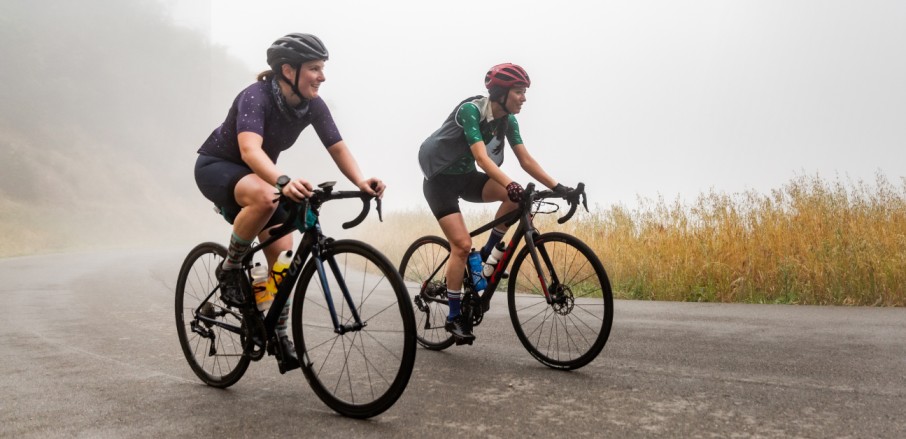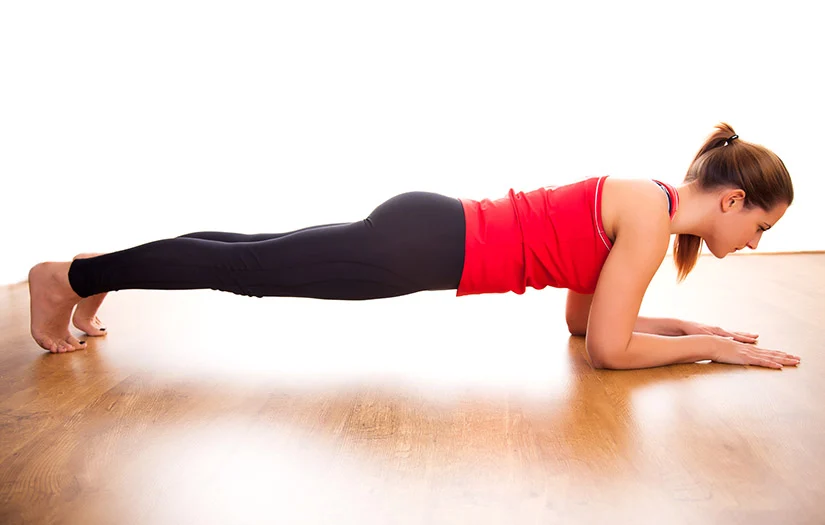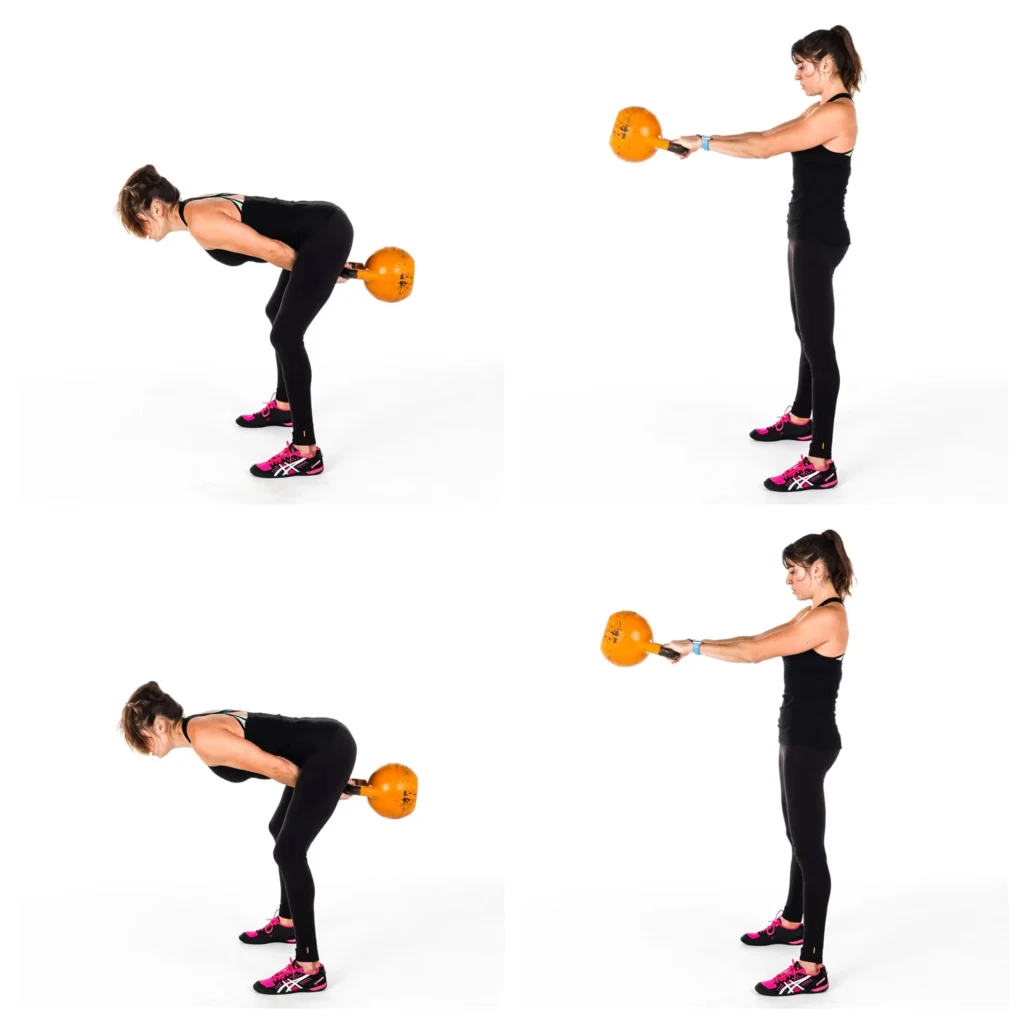
Exercises to Keep Your Belly at Bay: A Guide to Core Health
A flat and toned belly isn’t just about aesthetics—it’s a sign of a healthy core and a lower risk of lifestyle-related conditions such as heart disease, type 2 diabetes, and lower back pain. Keeping your belly fat in check requires a combination of consistent exercise, proper nutrition, and a healthy lifestyle. While spot-reduction is a myth, certain exercises can strengthen your core muscles and contribute to overall fat loss. Here’s a comprehensive guide to exercises that help keep your belly at bay.

1. Cardiovascular Workouts: Burn the Fat
The first step to losing belly fat is burning calories. Cardio exercises raise your heart rate and increase calorie expenditure, promoting fat loss across your body—including your midsection.
- Running or Brisk Walking: These are accessible and effective. Aim for at least 30 minutes of moderate-intensity cardio five days a week.
- Cycling: Whether stationary or on the road, cycling helps torch calories and tone your lower body.
- Jump Rope: A high-intensity cardio option that also works your arms, legs, and core.
- Swimming: A full-body workout that’s easy on the joints and excellent for fat burning.
High-intensity interval training (HIIT) is particularly effective. HIIT involves short bursts of intense effort followed by brief rest periods. A 20-minute HIIT session can be more effective than a longer, steady-state cardio workout when it comes to fat loss.

2. Core-Strengthening Exercises: Tighten the Tummy
While cardio helps with fat loss, core exercises are essential to tone and tighten the abdominal muscles. These moves engage multiple muscle groups, build strength, and improve posture.
- Plank: A static hold that targets the entire core. Start with 30 seconds and gradually build up to 2 minutes.
- Russian Twists: Sit with your feet slightly off the floor, twist your torso from side to side. Use a weight for added intensity.
- Bicycle Crunches: This dynamic movement works the upper and lower abs, as well as the obliques.
- Leg Raises: Lie on your back and raise your legs without bending your knees. This move strengthens your lower abs.
- Mountain Climbers: A compound exercise that boosts your heart rate while engaging your core.
For best results, include core work 3–4 times a week. Focus on slow, controlled movements rather than speed.

Kettlebell Swings. Pic Credits – Redefining Strength
3. Strength Training: Build Muscle, Burn More Fat
Muscle burns more calories at rest than fat, so the more muscle you have, the more calories you burn throughout the day. Strength training improves body composition and supports long-term belly fat reduction.
- Deadlifts: Engage your core, glutes, and lower back.
- Squats: While primarily a leg workout, squats also activate the core.
- Kettlebell Swings: A powerful move that torches fat and strengthens your posterior chain.
- Push-Ups: An upper body exercise that also works the core when done with proper form.
Incorporate strength training two to three times a week, focusing on major muscle groups. Use progressive overload—gradually increasing weight or resistance—to keep challenging your body.
4. Flexibility and Balance: Don’t Forget the Foundation
Exercises like yoga and Pilates not only tone the core but also improve posture, flexibility, and stress levels—all of which contribute to a leaner midsection.
- Yoga Poses: Boat pose, downward dog, and cobra all engage the abdominal muscles.
- Pilates: Known for core work, Pilates strengthens deep abdominal muscles, promoting long-term tone and stability.
These practices also reduce cortisol (the stress hormone linked to belly fat), making them a smart addition to your weekly routine.
Consistency and Lifestyle Are Key
No workout will outdo a poor diet or inconsistent effort. Pair your exercise routine with:
- A balanced diet rich in whole foods
- Adequate hydration
- Sufficient sleep (7–9 hours per night)
- Stress management techniques like meditation or journaling
Final Thoughts
Keeping your belly at bay is not about quick fixes or extreme routines. It’s about incorporating a mix of cardio, strength, core training, and flexibility exercises into a sustainable lifestyle. Stay consistent, be patient, and remember: a strong core supports a strong life.




